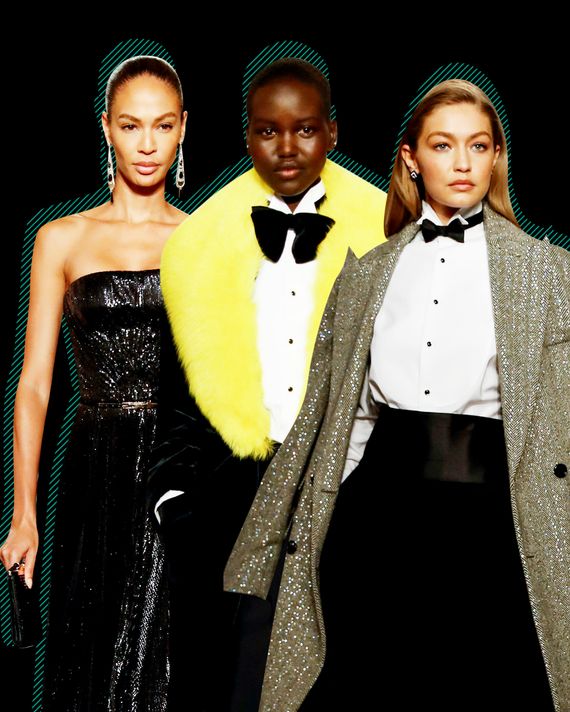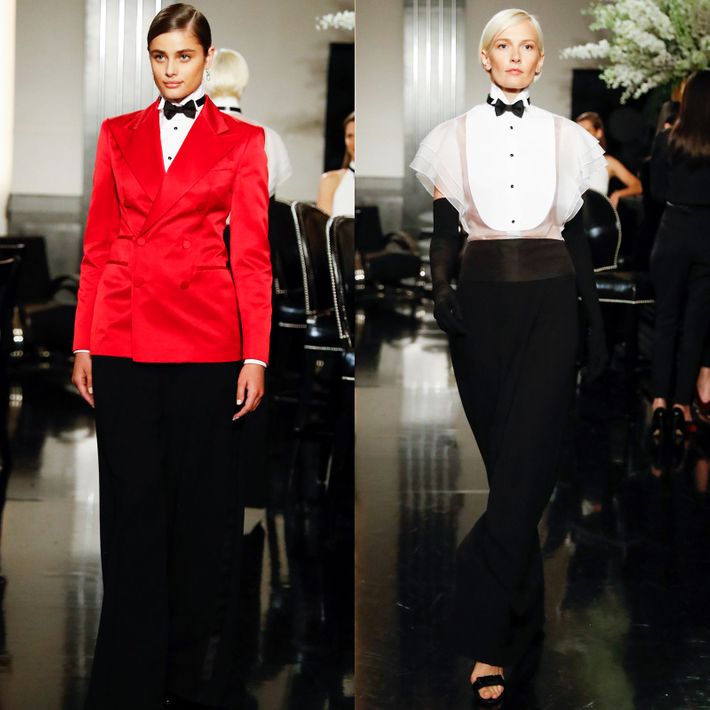
Lower Manhattan’s narrow, twisty streets always seem darker than the rest of the island’s, even in bright daylight, and are positively gloomy on a Saturday night. But halfway along Wall Street, I saw my destination. The little white sign practically jumped out in the dark: Ralph’s Club.
I smiled and then let out a laugh.
The proprietor of this establishment, Ralph Lauren, was affirming a practice that surely predates the notion of the American Dream — which is, style yourself in the trappings of power. In the 1840s and 1850s, when Broadway was beginning to explode with luxury emporiums like A.T. Stewart, the very first department store in America, the thing to do was to use granite and marble rather than brick, and in that way imitate centers of money and power — City Hall, the Bank of America, Grace Church. Stewart, an Irish immigrant, was the first to forge the connection with his “Marble Palace,” a building that still stands near City Hall.
Lauren could have well afforded to locate his Café Society–style nightclub uptown, but how much richer to use a former Wall Street bank. For just one night, his display staff transformed the place: creamy white walls, a majestic stairway, a gleaming black bar with giant urns of white flowers, two tiers of white banquette seating, faux Art Deco chandeliers and trimmings, and a hip orchestra.
Last season, Lauren created a brasserie in his Madison Avenue flagship, serving his own coffee blend and more, and actually doing something that is rare in the grubby fashion world — making people feel good, and doing it with some polish and wit.
You can say it’s all about ego and, well, yes, that would probably be accurate. There’s a chapter of the American story that’s all about achievements driven by ego, and the Bronx-born Lauren has contributed to that as well, from his original concept of Anglo-American classics, to the still-powerful ads he created with Bruce Weber, to his glamorous homes and car collection, to his Gatsby movie costumes, to his own ambitions and private insecurities.
Yeah, there’s ego involved, down to the monogrammed little silver buckets of iced crudités on the tables and the napkins.
On the other hand, nothing quite approximates the thrill of seeing Janelle Monáe, the evening’s entertainment, in a tuxedo vest and ball skirt clamor up on a chair at your table while belting out a song, and then pick up an empty wine glass and shatter it on the linen. As she worked her way around the room, she spontaneously patted the editor Suzy Menkes on her signature pompadour.
In the last two or three years, as the Lauren company has shifted to the “see now, buy now” model, it has fixed early mistakes (mostly to do with the lack of sizzle in the products) and steadily upped its game. The last two shows provided a bonanza of marketing imagery. Most other American fashion brands shrink by comparison.
As for the clothes, Lauren kept with a crisp, though relaxed, black-tie story. The strongest bits were the various takes on the tuxedo and a pair of flouncy long skirts with vests (one version in yellow), with the models’ tousled hair adding to the mood. If I had a complaint with the collection, it was the general lack of depth and nuance in the designs. There could have been more details — in the cut of the clothes, in the variety, in the accessories — that imparted a taste and knowledge of the world that the club setting implied. In previous collections — like the brasserie show and his big anniversary bash last year — Lauren has shown that depth.
And he certainly is in a position to do more than a surface treatment.








